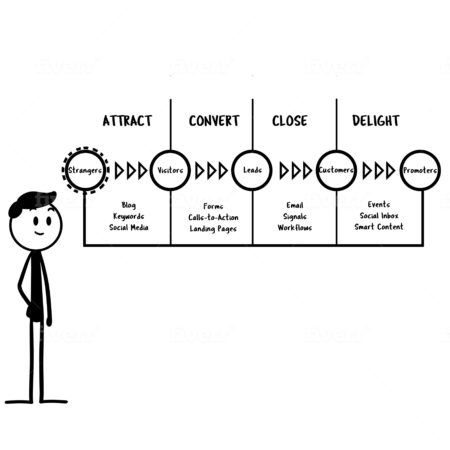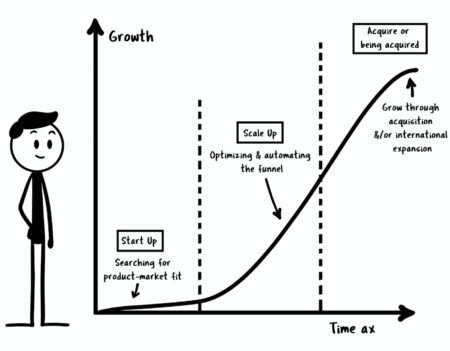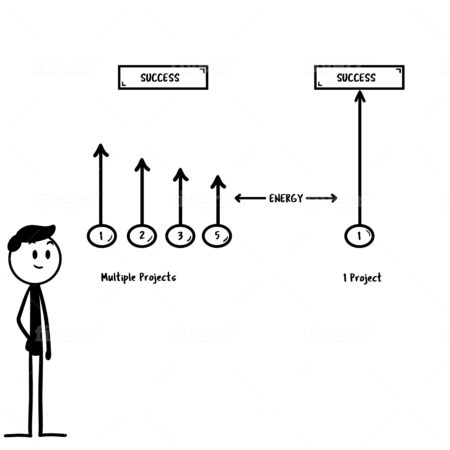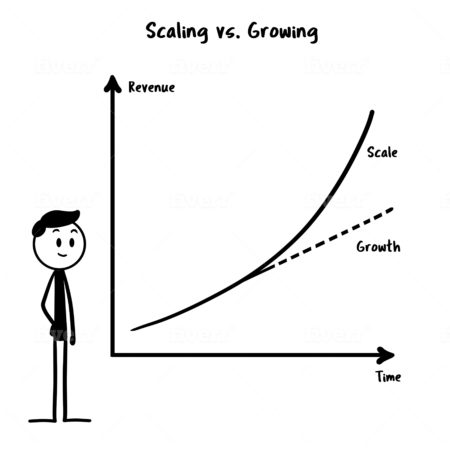How to Delight Your Customers at Scale

The article below is just a small glimpse into our new book. If you want to learn a lot more about how to delight your customers, click here to check out the book now.
In today’s marketing and sales, it’s not enough to achieve customer satisfaction. Standard practice is to aim for delighting customers. This means that instead of just meeting expectations you are exceeding their expectations. And going above and beyond to help them.
We aim to delight customers because of the outsize reputation it can generate. it’s really hard to beat excellent word-of-mouth marketing from loyal fans. When one customer tells their colleagues, friends, and family about how great their experience was.
To delight customers, you need to listen to your customers and understand their needs. Then take this insight and systematize it into your workflows. So that customers are regularly delighted no matter how big your business grows. Delighting customers can easily become one of your strongest strengths and differentiators.
It will take time to identify your ideal customer, but this step — and its inevitable mistakes — will move your business toward sustainable growth and devoted customers.

Attract, convert, close, and delight: We know from Hubspot that these are core pillars of the traditional inbound marketing strategy (https://www.hubspot.com/inbound-marketing). It’s easy to get caught up in the “attract” stage, creating content for lead generation. It’s important to attempt to reach the “convert” and “close” stages and see those leads turn into customers. But are you remembering the importance of the delight stage in your marketing strategy? Success in scaling is not just about customer satisfaction, but about creating a powerful emotional reaction that results in happy customers. Who wants to continue using your company and become your best promoters.
Do You Understand Your Customers’ Needs?
When developing content, for your website, your blog, or through social media networks. You have to listen to customer needs, so you must design this content with the customer in mind. Social media and blog content comprise the “attract” stage of your marketing strategy, leading to the ability to convert leads. Delight should be present in each stage, beginning when they are still visitors through the customer stage and never-ending. Social media networks and blogs allow you to interact with your visitors. Delighting them through multiple channels, ensuring that visitors view you as a trusted advisor.
A delighted customer is a customer who would circle a “totally satisfied” option on a survey. Did you know that “totally” satisfied customers have a repurchase rate that is three to 10 times higher than “somewhat” satisfied customers? A delighted customer will be happy to reuse your business and to recommend it to their family and friends. Referral leads convert roughly 30% better than leads generated from other marketing channels. Focusing on delighting your customers in your marketing strategy can increase your revenue and improve your relationship with your customers, which leads to referrals and social sharing, as well as an increase in customer retention and loyalty.
When I was an export manager at Unibake, one of the key things we did to scale the department was to focus on delighting the customers. The customers in this case were not individuals but foodservice distributors, retailers, and sister companies, but even though we were working with high-budget entities, individualized attention was just as crucial.
Build a relationship with your customers
We had three bakeries mass-producing baked goods in Belgium. We would give customers tours of the factory (including a chat with the chef), followed by dinner in the evening. Over several days, we’d spend a lot of time with representatives of the companies and get to know them on a personal level.
We also repeated this approach in our visits to customers on their home turf. For example, we were persistent in pursuing Ledo Croatia as a new client. To woo them, I visited Croatia several times. I got to know the point person there on a personal level. As time went on, she told us about her wedding and later sent a notice about her pregnancy. Clear signs that although we had a business relationship. There was an undercurrent of friendship that helped us seal the deal.
These kinds of “delight the customer” practices are enormously helpful in scaling a business or its marketing department. They helped bring in more business and deeper loyalties. The personal touch is not scalable — you may need to meet with each individual customer in person — but you can automate and standardize the process of how many customer visits you make through the sample selection, agenda, or presentation. Doing so will win time by making it easy and efficient to repeat the processes. Once in a while, you could enhance the personal aspect by holding a group customer demo.
Become a Successful Scaleur
Scaling is a strategy that can only be mastered by a scaleur who is a dedicated learner and considers real-time business priorities. I hope the article above has helped! Marketing Scaleurs is a scaling company that helps entrepreneurs scale their marketing efforts. We’re experts in growth marketing, product development, and more, creating custom growth plans for startups, entrepreneurs and scaleurs in order to help them gain traffic, generate leads and increase their revenue.
If you want traffic, leads and sales, get in touch and you’ll start getting results in no time!






















